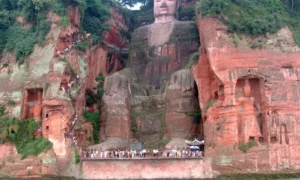The Leshan Giant Buddha is a monumental statue carved into the side of Mount Lingyun in Sichuan Province, China. Towering at 71 meters (233 feet) tall, it represents Maitreya Buddha and overlooks the confluence of three rivers. It is the largest stone Buddha in the world and a masterpiece of Buddhist art. The construction began in 713 AD, led by a Chinese monk named Haitong, and was completed in 803 AD, long after his death. This colossal structure is not only a significant religious symbol but also an incredible feat of engineering. It has been a UNESCO World Heritage Site since 1996, attracting visitors from around the globe.
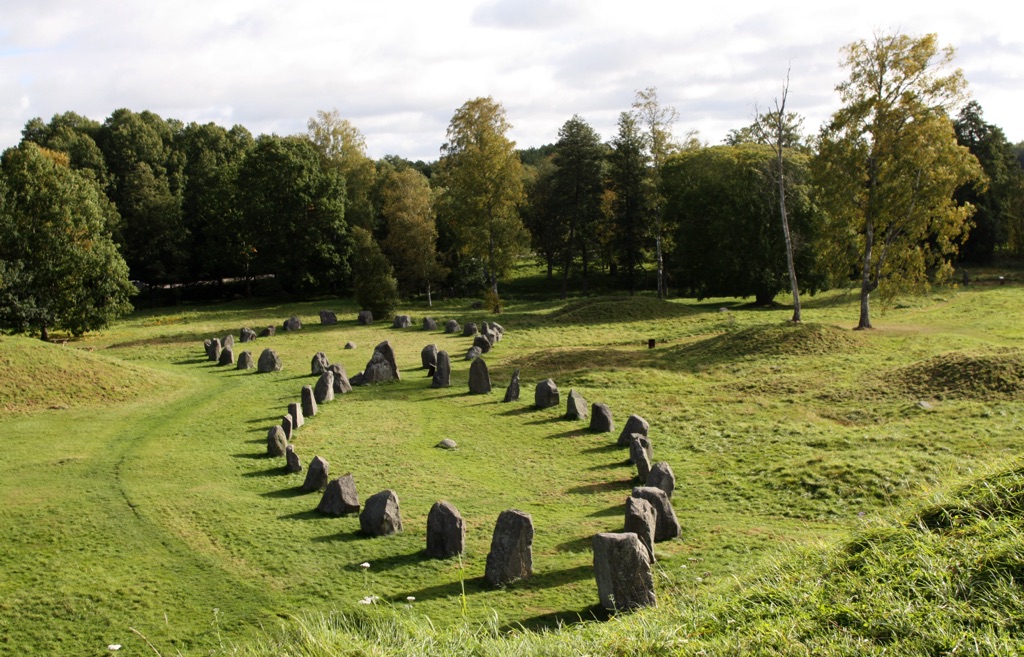
Badelunda Stone Ship
The Badelunda Stone Ship is a remarkable ancient structure located in Västmanland, Sweden. It’s a stone ship setting, a type of megalithic monument found in the Nordic countries. These structures are shaped like ships and made from large standing stones. The Badelunda Stone Ship is one of the largest in Sweden and is situated near the town of Västerås, on the ridge of Badelundaåsen. It dates back to the Nordic Iron Age or the Viking Age, serving as a grave field and a ceremonial site. The site is a testament to the maritime culture that was central to the Norse people and their view of the afterlife.
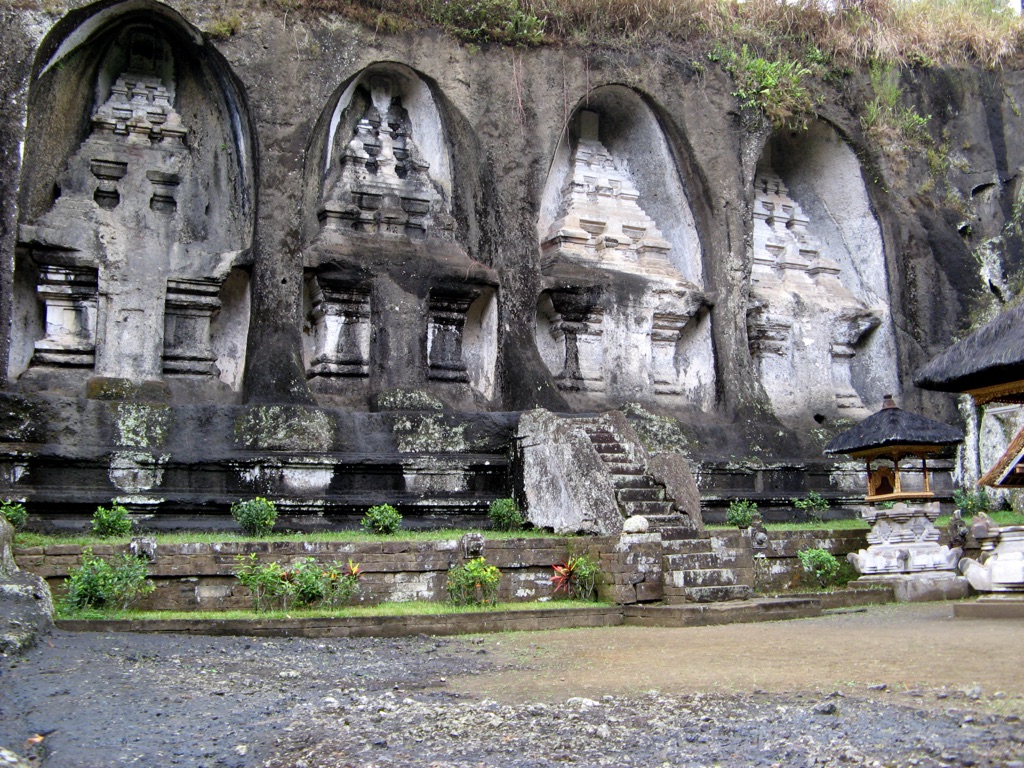
Gunung Kawi Temple
Gunung Kawi Temple is a striking archaeological site on Bali, Indonesia. It features a series of rock-cut candi (shrines) carved into the face of a rock cliff. This temple complex is a blend of Hindu and Buddhist influences and dates back to the 11th century. It is believed to be dedicated to King Anak Wungsu of the Udayana dynasty and his favorite queens. Gunung Kawi Temple is a serene place that offers a glimpse into Bali’s rich past.
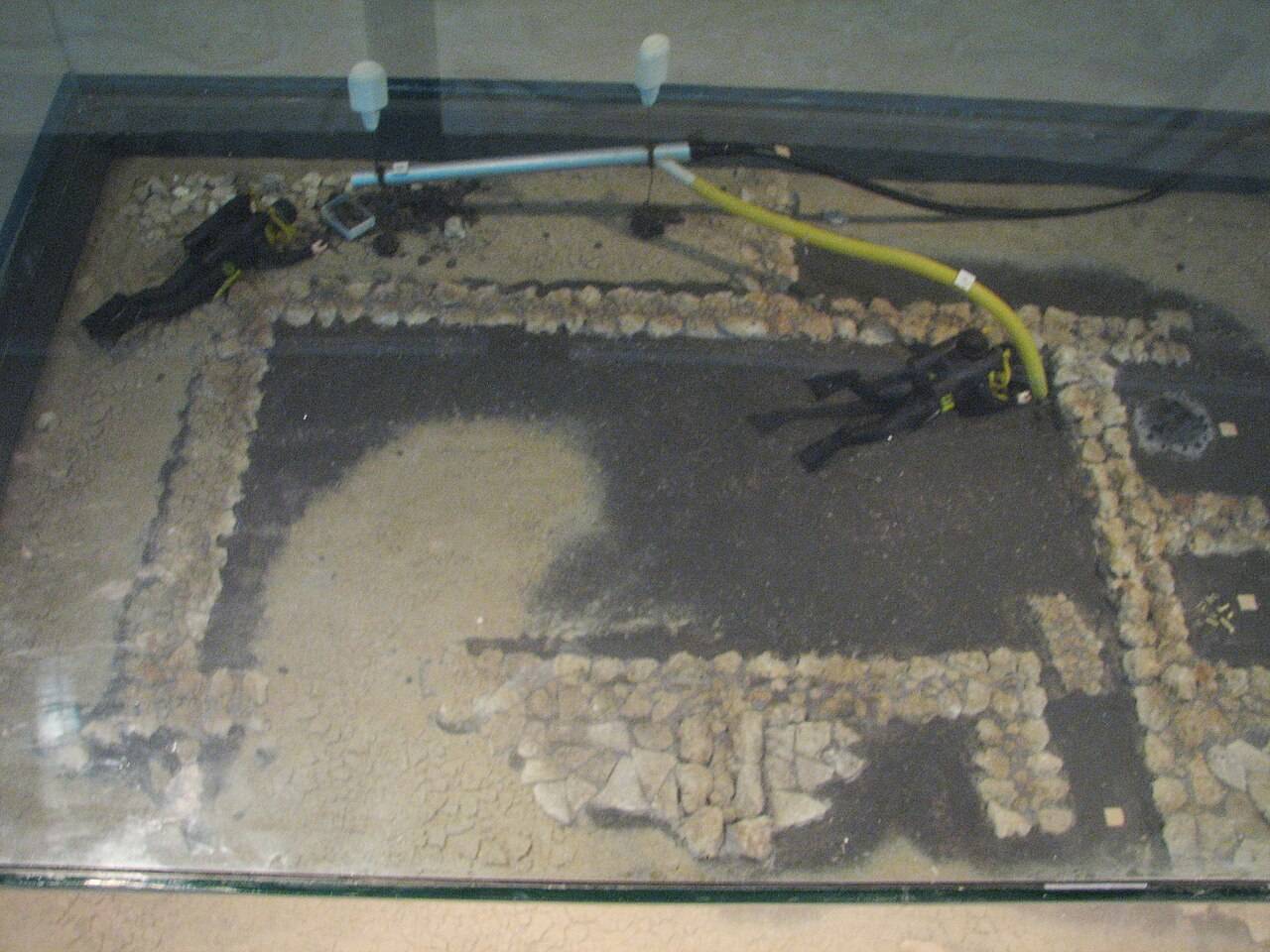
Atlit Yam Israel
Atlit Yam is a prehistoric submerged village off the coast of Atlit, Israel. It dates back to the final prehistoric period, around 6900 to 6300 BC. This site provides a rare glimpse into the lives of its Neolithic inhabitants. Remarkably preserved due to its submersion, Atlit Yam offers insights into the transition from hunter-gatherer societies to farming communities. It includes structures such as stone houses, wells, and a mysterious stone circle. The site also reveals evidence of the earliest known cases of tuberculosis.
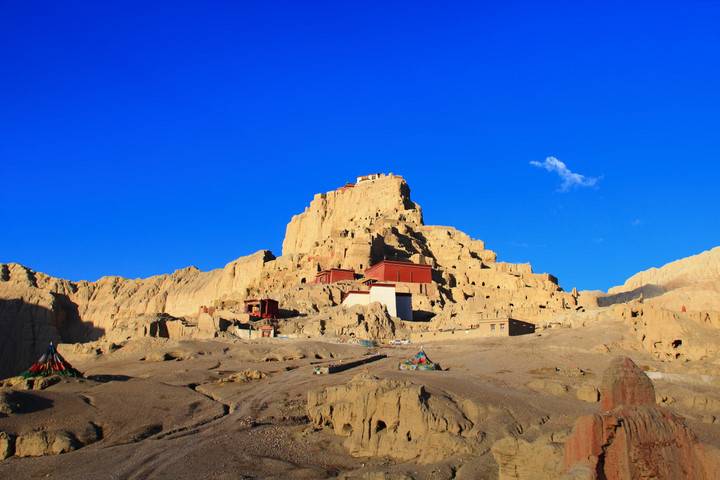
Ruins of the Guge
The Ruins of the Guge are a testament to the ancient Guge kingdom that once flourished in the far west of Tibet. This archaeological site reveals a civilization that thrived for centuries before mysteriously disappearing. The ruins are located on a high and dry plateau, offering a glimpse into a sophisticated culture with a unique blend of Buddhism and indigenous beliefs. The remnants of palaces, temples, and houses, along with intricate murals and statues, provide valuable insights into the artistic and spiritual life of the Guge people.
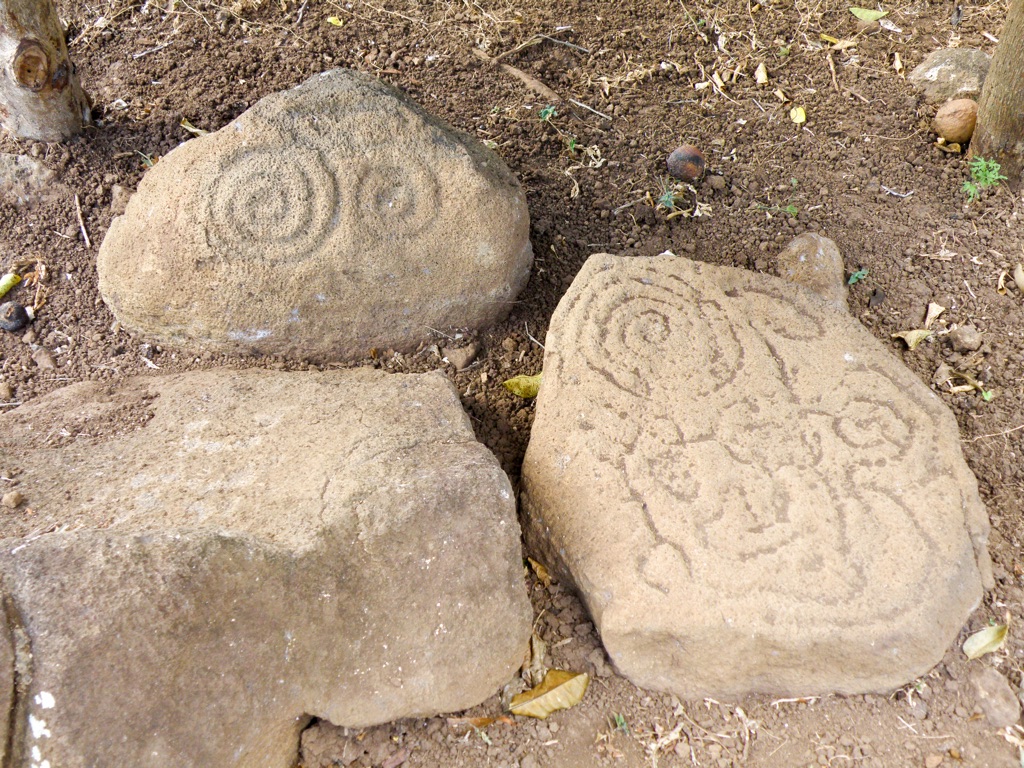
Ometepe Petroglyphs
The Ometepe Petroglyphs are a collection of ancient rock carvings found on Ometepe Island in Lake Nicaragua. These petroglyphs are significant due to their quantity, quality, and the light they shed on the island’s pre-Columbian inhabitants. They depict a variety of images, including spirals, abstract forms, and human-like figures, suggesting a rich cultural and religious life. The petroglyphs are scattered across the island, with some located in remote areas, making them a subject of intrigue and study for archaeologists and historians alike.

